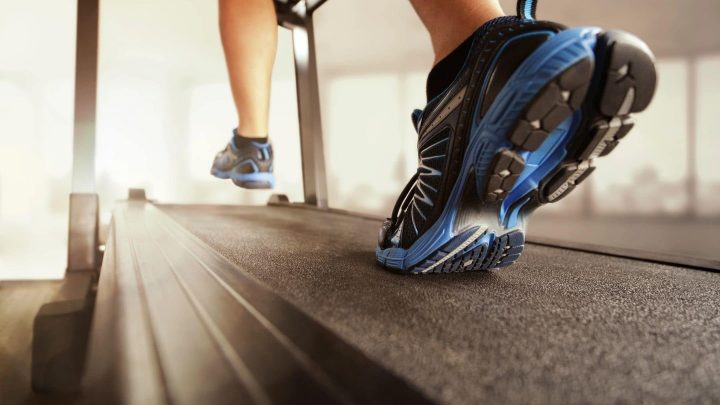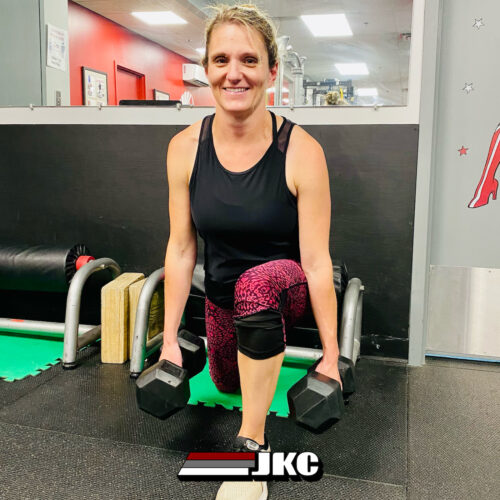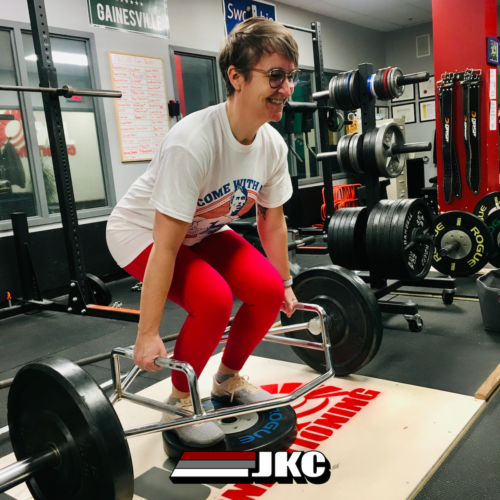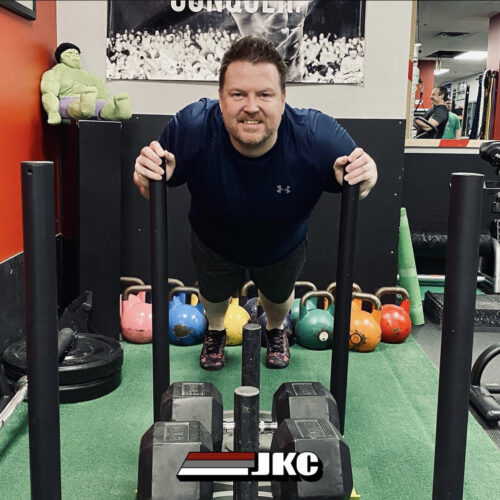As the warm days of summer start to wind down you may be beginning to worry about how your progress in the gym will be affected by the numerous food holidays coming up: Thanksgiving, Halloween, and the nuclear bomb of eating events, Christmas, with all its parties and events.
Maybe you think that the best approach to combat excess weight gain while still enjoying the events is countless hours of steady state cardio, you know, long runs on the treadmill, torturous climbs on the stair master and endless cycles on the spin bike.
***Or, you could try a much more efficient approach***
Interval Training!
What is interval training?
Interval training is high intensity bursts of activity interspersed with lower intensity active rest breaks. A very simple example would be running up a long set of stairs very quickly then walking back down and repeating.
Why do interval training?
The main advantage of interval training is the short amount of time it takes to elicit excellent benefits. In fact, a recent review paper that looked at the benefits of high intensity interval training (Carrasco, 2017) found that in most cases, interval training resulted in approximately twice as much weight loss as traditional steady state training.
So how much should I be doing?
The review paper referenced above looked at eight research studies all of which used varying interval lengths and total times. Essentially, it makes little difference as long as the intensity is very high. Shoot for about 90% of your max heart rate during your high intensity interval.
How do I calculate my max heart rate?
 Your max heart rate is based on your age. It is calculated as: 220-Age
Your max heart rate is based on your age. It is calculated as: 220-Age
For a 45 year old individual, their max heart rate is 220-45 = 175
Using 90% would give:175*0.90 =158
So…our hypothetical trainee would try to get their heart rate up to about 160 beats per minute during their high intensity interval
Making interval training work for you:
- Aim for intervals of about 10 seconds of high intensity pace (fast running, cycling, swimming, etc) and 20 seconds of lower intensity rest (Walking, etc).
- Try to sustain this effort for about 7-8 minutes
- Be sure to warm-up and cool down for about 5 minutes before and after the intervals
- If you want to increase your calorie burn, add resistance. This could involve pushing a sled :), using a resisted bike, such as a fan bike, or performing loaded carrying exercises such as farmer’s walks.
The Take Home Message
- Interval training is a fast and effective way to experience awesome fat loss results.
- For it to be effective though, the intervals must be very intense. You definitely should not be able to speak while doing the high intensity portion.
- If you have any questions about how to incorporate interval training into your routine, please ask Jon and Thomas. They are happy to help!
Reference:
Carrasco, L. (2017). The effect of sprint training for reducing body fat in women. Strength and Conditioning Journal, 39(4), 89-96.
Prepared for the JKC Blog by Coach Thomas









































